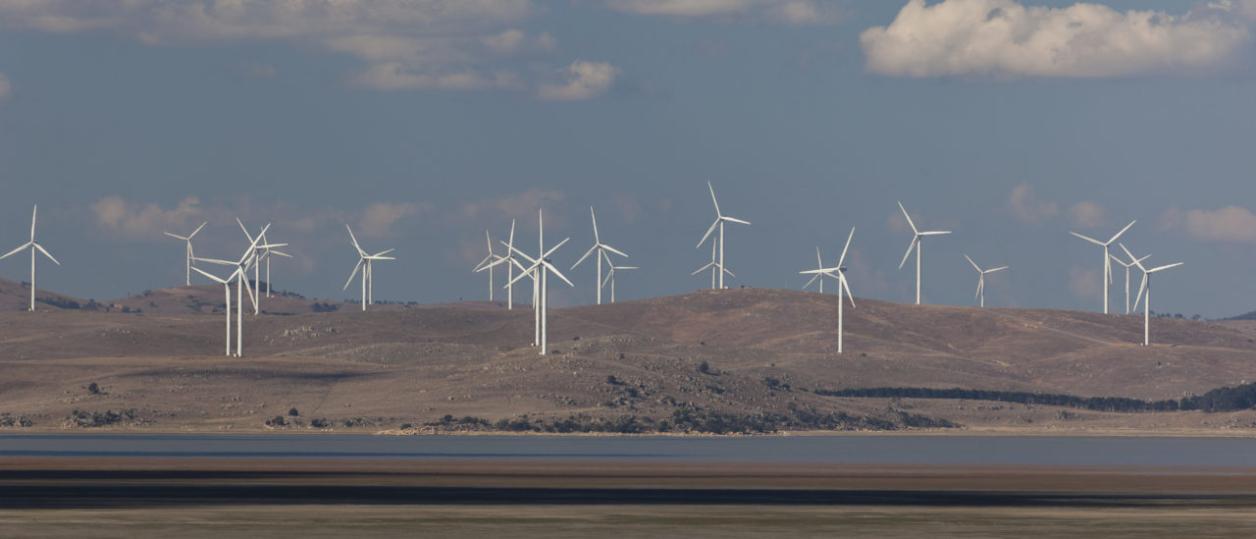How Much Wind Energy Can We Generate?
Wind energy is a renewable energy source that harnesses the power of moving air to generate electricity. It is a clean, sustainable, and cost-effective alternative to fossil fuels, and its potential for generating electricity is vast.

This article explores the potential of wind energy generation, examining the current installed wind power capacity, wind resource assessment techniques, and factors influencing wind energy generation. It also discusses future prospects for wind energy, including technological innovations, global targets and policies, and regional potential.
I. Wind Energy Potential
Global Wind Power Capacity:
- As of 2022, the global installed wind power capacity reached approximately 790 gigawatts (GW).
- China leads the world in wind power generation, with over 300 GW of installed capacity.
- Other countries with significant wind power capacity include the United States, Germany, India, and the United Kingdom.
Wind Resource Assessment:
- Wind resource assessment involves measuring and analyzing wind data to determine the potential for wind energy generation at a specific location.
- Factors considered in wind resource assessment include wind speed, direction, and consistency.
- Wind energy classes are used to categorize wind resources based on their average wind speed.
II. Factors Influencing Wind Energy Generation
Wind Turbine Technology:
- Wind turbine technology has evolved significantly over the years, leading to increased energy generation efficiency and reliability.
- Key technological advancements include larger turbines, improved blade designs, and advanced control systems.
Wind Farm Layout:
- Proper wind farm layout is crucial for maximizing energy production and minimizing environmental impact.
- Factors considered in wind farm layout optimization include wind direction, turbine spacing, and wake effects.
Environmental Impact:
- Wind energy generation has potential environmental impacts, such as bird collisions and noise pollution.
- Mitigation strategies and best practices are employed to minimize these impacts.
III. Future Prospects Of Wind Energy
Technological Innovations:
- Emerging technologies and innovations in wind turbine design and energy storage hold promise for further enhancing wind energy generation efficiency and reliability.
- These innovations include floating wind turbines, offshore wind farms, and advanced energy storage systems.
Global Targets And Policies:
- Many countries have set ambitious targets for increasing wind energy production.
- Government incentives and regulations play a significant role in promoting wind energy development.
Regional Potential:
- Regions with significant untapped wind energy potential include Africa, Latin America, and Southeast Asia.
- Harnessing these resources presents challenges and opportunities for sustainable energy development.
Wind energy has the potential to make a significant contribution to the world's energy needs. With continued technological advancements, supportive policies, and responsible development practices, wind energy can become a major player in the global energy mix, providing clean, sustainable, and cost-effective electricity.
Further research and investment in wind energy technologies and infrastructure are crucial for unlocking the full potential of this renewable energy source.

YesNo

Leave a Reply